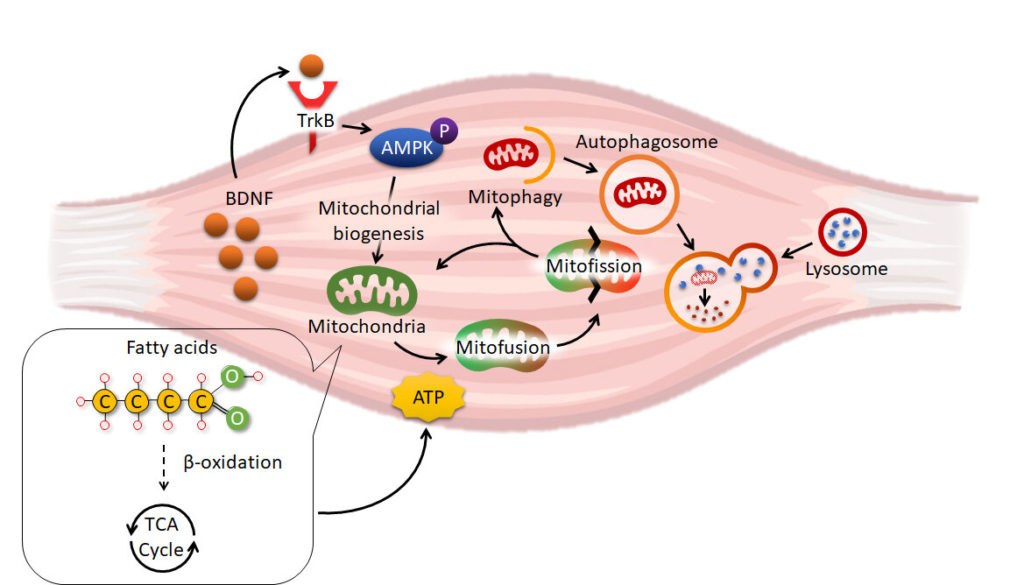
Scientists have shed new light on the effects that high-intensity interval training (HIIT) has on human skeletal muscle, according to a study in men published today in eLife.
The findings suggest that HIIT boosts the amount of proteins in skeletal muscle that are essential for energy metabolism and muscle contraction, and chemically alters key metabolic proteins. These results may explain the beneficial effects of HIIT on metabolism and pave the way for additional studies exploring how exercise impacts these processes.
“Exercising has many beneficial effects that can help prevent and treat metabolic diseases, and this is likely the result of changes in energy use by skeletal muscles...
Read More









Recent Comments